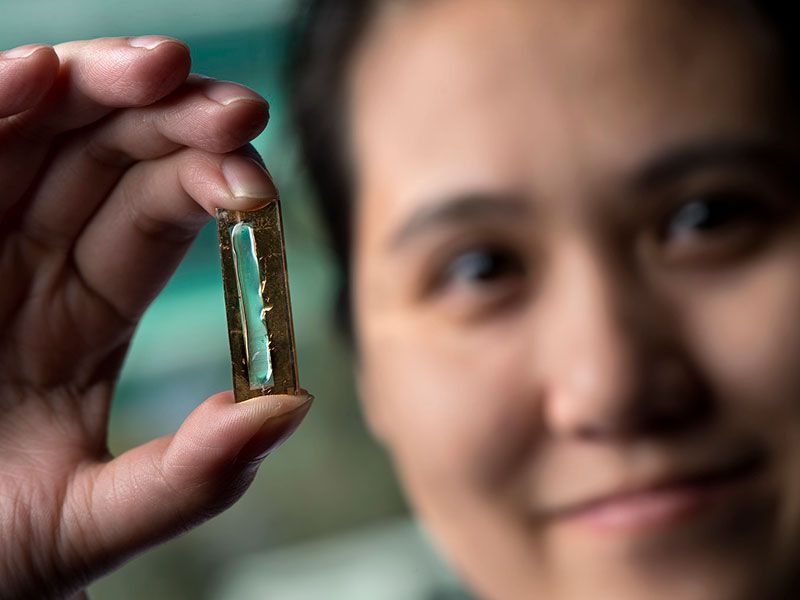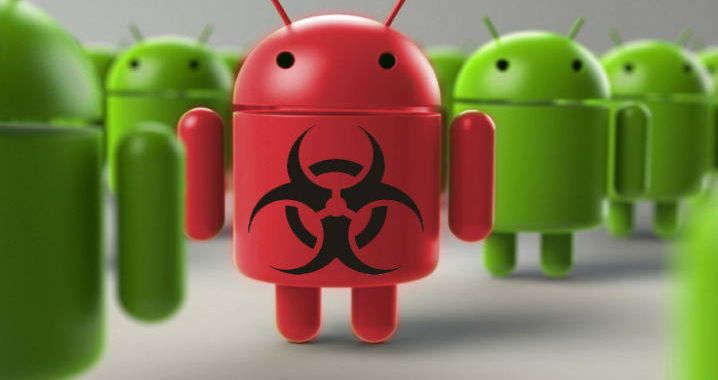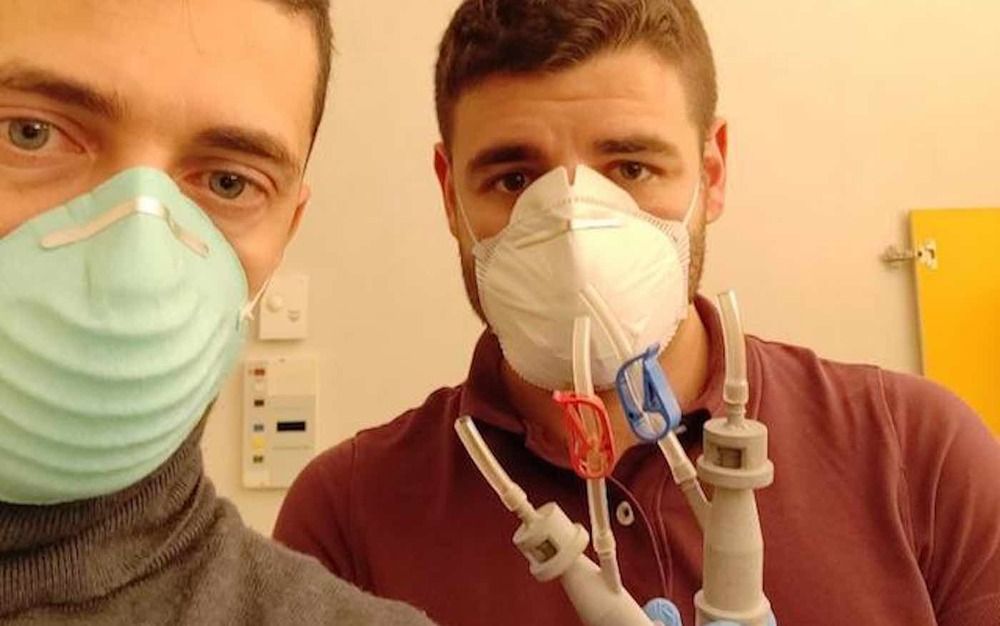Get the latest international news and world events from around the world.
Six Reasons Why Humans Should Return to the Moon
Some prime examples of how humanity’s expected return to the lunar surface in the years to come could help life here on Earth.
“That’s one small step for man; one giant leap for mankind.”
This July 20th marks fifty years since Neil Armstrong, mission commander of NASA’s Apollo 11, uttered those famous words. Much less discussed is how Project Apollo shifted lunar science into high gear, ultimately teaching scientists just how valuable the Moon could become.
During the six missions that landed humans on the lunar surface from 1969 to 1972, Apollo astronauts collected some 842 pounds of lunar rocks and dirt. Analysis of these materials has provided us with major clues about the origin of Earth’s celestial companion 4.51 billion years ago, but also has revealed the Moon is a treasure trove. Lunar rock contains a plethora of minerals with high industrial value. So let’s take a look at some prime examples of how humanity’s expected return to the lunar surface in the years to come could help life here on Earth.

Polis issues statewide stay-at-home order
CENTENNIAL, Colo. (KDVR) — Gov. Jared Polis issued a statewide stay-at-home order Wednesday afternoon. It goes into effect 6 a.m. Thursday and will last until April 11.
Many Coloradans, including the vast majority of people in metro Denver, live in counties where stay-at-home orders have already been announced.
Polis said he is issuing the order to save Coloradans’ lives.
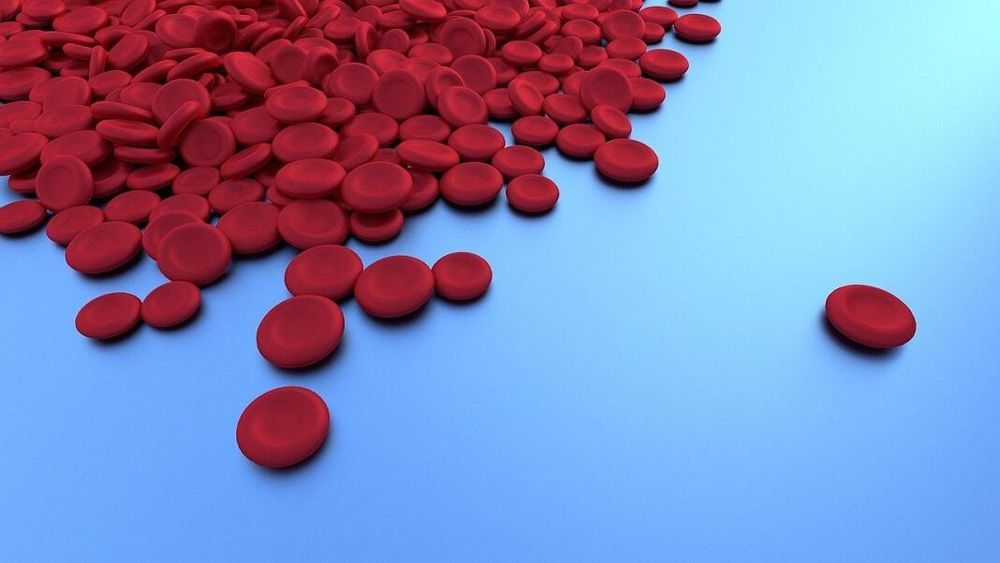
Gene Therapy for Sickle-Cell Anemia Looks Promising—but It’s Riddled With Controversy
The Curious Case of Sickle-Cell Anemia
Even those uninterested in biology have likely heard of the disorder. Sickle-cell anemia holds the crown as the first genetic disorder to be traced to its molecular roots nearly a hundred years ago.
The root of the disorder is a single genetic mutation that drastically changes the structure of the oxygen-carrying protein, beta-globin, in red blood cells. The result is that the cells, rather than forming their usual slick disc-shape, turn into jagged, sickle-shaped daggers that damage blood vessels or block them altogether. The symptoms aren’t always uniform; rather, they come in “crisis episodes” during which the pain becomes nearly intolerable.
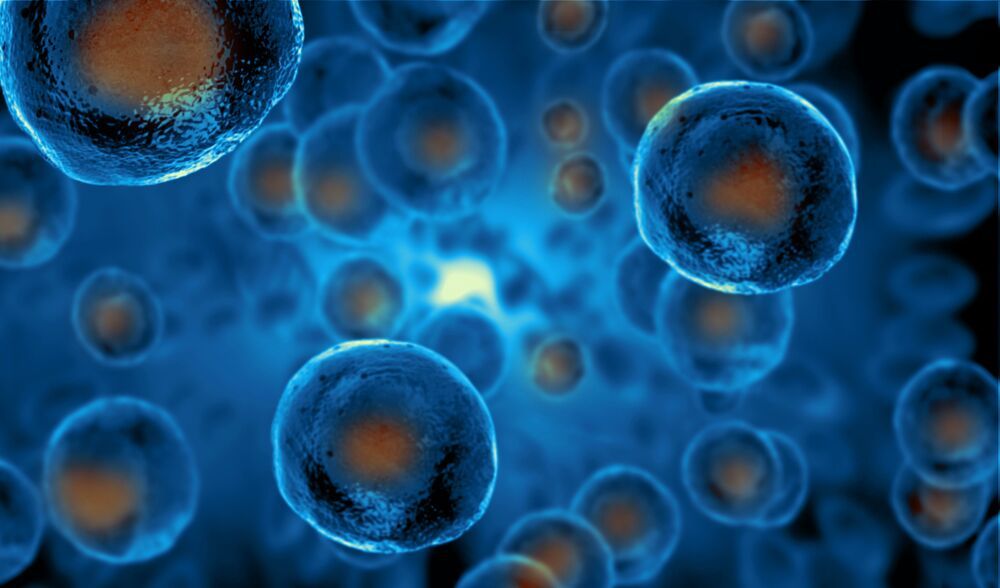
Biowarfare Experts On Coronavirus (COVID19)
Excellent interview:
Dr. Gerald Parker Associate Dean for Global One Health at Texas A&M and Professor Andrew S Natsios Executive Professor at The Bush School and Director of the Scowcroft Institute of International Affairs have a sit down with Patrick Bet-David about the Coronavirus Pandemic. About our guests Dr. Gerald Parker https://bit.ly/2IZPRAl Professor Andrew S. Natsios https://bit.ly/2UkWBy6
Tweet your thoughts to PBD https://www.twitter.com/patrickbetdavid
PBD Twitter: https://twitter.com/patrickbetdavid

